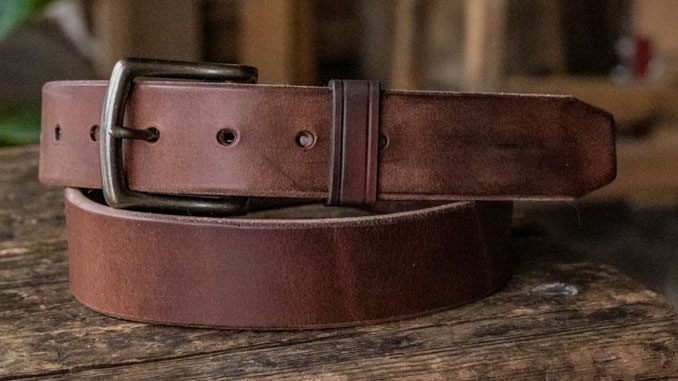
Leather is a precious and high-quality material that is obtained from the skin of sheep, goats, and cattle. It is a very resistant, extremely hygienic, and aesthetically beautiful product. For these reasons, it is used to produce footwear, bags, belts, and articles of clothing. If the leather is of quality, it can last a long time; but it is not immune to dirt despite this. So let’s see below how to clean leather belts.
Before starting to clean your belts, it is advisable to carry out preliminary tests on an inconspicuous part, to verify that it does not deteriorate: not all leather is the same and has the same resistance. Furthermore, we remind you that every type of leather requires different and particular treatments. To clean the belts of this material, there are products on the market specially formulated for this purpose.
It often happens that you don’t have them at home: you can easily do without them, using grandmother’s remedies. The first way is to take a cotton ball soaked in cleansing milk or skim milk and pass it on to the area to be treated. In addition to removing stains, it will restore vigor and hydration. Next, dry well with a soft cloth because leather tends to absorb liquids and immediately change color.
Another way to ensure your belt’s long-lasting shine is to pass the lanolin or vaseline over the entire surface. If you prefer to use natural products, normally present at home, you can prepare water with olive oil.
Shake the ingredients vigorously inside a container and then take a soft cloth, moisten it in this mixture and wipe it all over the area to be cleaned. Alternatively, for those who do not want to use olive oil they can replace it with castor oil. Mix it with alcohol and rub it all over the belt. Leave for 12 hours, and then wipe the castor oil again with a cloth. The leather will be as good as new.
Another method that also works is the use of egg white. Whip it with a whisk, moisten a cotton swab, and spread it over the entire surface—dry well. Your belt will look like just bought it in a store. If your accessory has a brass or other metal buckle, rub a dry cloth without subjecting it to special treatments. All of these remedies are good enough, but it’s always good to proceed with caution and try them on small, hidden parts.